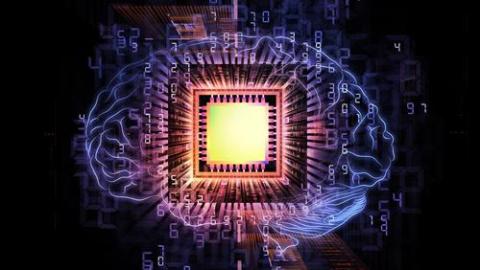Can Science Reverse-Engineer the Human Brain?

What’s the Latest Development?
At present, the brain seems to many scientists a thing shrouded in ever-deepening mysteries. Our best attempts to understand how consciousness is created through non-conscious elements have led to niche analyses that seem to lose sight of larger goals. Futurist Ray Kurzweil believes our reductionist approach is working in the wrong direction. Rather than measure each tiny part of the brain’s biology, we should study the patterns the brain produces as a whole. In this way, we can recreate the brain’s smaller parts, thereby reverse-engineering the brain, without understanding exactly what they are.
What’s the Big Idea?
At the heart of Kurzweil’s argument is the assertion that the trend of exponential technological development will allow for the creation of ever-more sophisticated scientific tools. That, however, is anything but guaranteed. Still, attempts to reverse-engineer the brain could “open the door to all sorts of significant innovations, such as the design of a computer that thinks more like us. This could be the springboard from which to make that leap.” Once computers that simulate our brain our completed, they could be used to greatly augment our natural capacities to learn and understand.
Photo credit: Shutterstock.com





